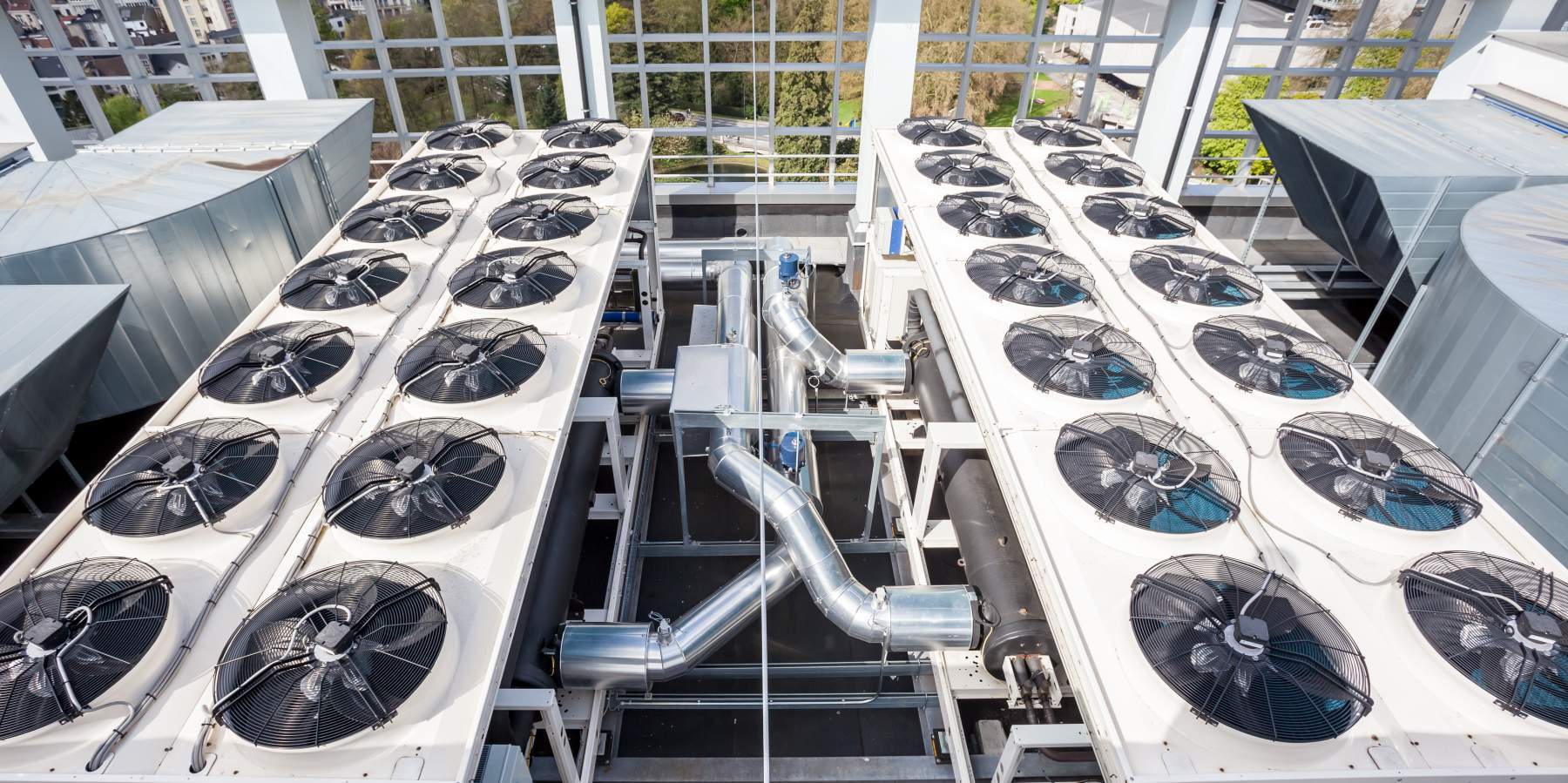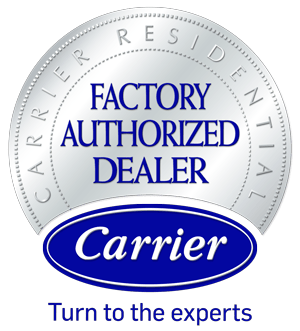
Commercial and Light Commercial HVAC Solutions
At Stegall, we understand that maintaining optimal climate control in commercial and light commercial spaces requires specialized expertise and round-the-clock reliability. Our comprehensive HVAC services address the unique demands of businesses throughout Birmingham, Mountain Brook, Vestavia, Hoover, Helena, and Homewood, AL, where temperature fluctuations and humidity levels can significantly impact operations, employee productivity, and customer satisfaction. Whether you manage a retail storefront, professional office building, restaurant, medical facility, or warehouse space, we provide tailored heating, ventilation, and air conditioning solutions designed to meet your specific operational requirements while maximizing energy efficiency and minimizing operational costs.
Commercial HVAC systems differ substantially from residential units in terms of complexity, capacity, and maintenance requirements. These systems must handle larger square footage, accommodate varying occupancy levels throughout the day, and often integrate with sophisticated building management systems. Our technicians possess extensive training in commercial-grade equipment from leading manufacturers, including rooftop units, split systems, variable refrigerant flow systems, and packaged units ranging from 5 to 50 tons of cooling capacity. We recognize that downtime in commercial settings translates directly to lost revenue, which is why Stegall offers commercial, industrial and residential HVAC, plumbing, and electrical support services 24 hours a day, 7 days a week.
Understanding Light Commercial HVAC Requirements
Light commercial HVAC systems typically serve smaller business facilities under 10,000 square feet, including small offices, retail shops, restaurants, and professional service establishments. These systems bridge the gap between residential and full commercial installations, often utilizing equipment rated between 5 and 25 tons of cooling capacity. We frequently install and service packaged rooftop units for these applications, which combine heating and cooling components in a single cabinet positioned on the building’s roof, saving valuable interior space while providing efficient climate control. These units incorporate economizers that leverage outdoor air for free cooling when conditions permit, reducing energy consumption by up to 30% during moderate weather conditions.
The design considerations for light commercial spaces involve calculating heat loads based on factors including building orientation, window placement, insulation levels, occupancy patterns, and heat-generating equipment such as computers, lighting, and kitchen appliances. Our load calculations follow ACCA Manual N guidelines for commercial applications, ensuring properly sized equipment that avoids the efficiency penalties and comfort issues associated with oversized or undersized systems. We also evaluate ventilation requirements to meet ASHRAE 62.1 standards for indoor air quality, particularly important in spaces where customers and employees spend extended periods.
AC Installation and Replacement Services
Commercial AC installation demands careful planning and coordination to minimize disruption to business operations. We begin each project with a comprehensive site assessment, evaluating existing infrastructure, electrical capacity, ductwork condition, and space constraints. Our installation teams coordinate with property managers and business owners to schedule work during off-hours or slow periods whenever possible. The installation process involves removing outdated equipment, modifying refrigerant lines and electrical connections as needed, positioning new units with appropriate clearances for maintenance access, and commissioning systems to verify proper operation across all operating modes.
Modern commercial air conditioning systems offer substantial improvements over equipment installed just ten years ago. Variable-speed compressors adjust cooling output to match actual demand, reducing energy consumption during partial-load conditions that represent the majority of operating hours. Advanced filtration options, including MERV-13 filters and ultraviolet germicidal irradiation systems, improve indoor air quality by capturing smaller particles and neutralizing biological contaminants. Smart thermostats and building automation systems enable remote monitoring and control, allowing facility managers to optimize comfort and efficiency across multiple zones or locations from a centralized interface.
Comprehensive AC Repair and Service Programs
Regular AC service prevents unexpected breakdowns that disrupt business operations during peak cooling season. Our maintenance programs include:
- Quarterly filter replacements to maintain airflow and indoor air quality
- Coil cleaning to preserve heat transfer efficiency and prevent biological growth
- Refrigerant level checks to identify and repair leaks before they cause compressor damage
- Electrical component testing to detect worn contactors, capacitors, and motors
- Belt tension adjustments to prevent premature wear and maintain proper airflow
- Drain line cleaning to prevent water damage from condensate overflow
When AC repair becomes necessary, our diagnostic approach systematically identifies root causes rather than simply addressing symptoms. We utilize digital manifolds, thermal imaging cameras, and electrical meters to pinpoint issues ranging from refrigerant leaks and compressor failures to control board malfunctions and airflow restrictions. Our service vehicles stock common replacement parts for commercial equipment, enabling same-day repairs for many issues. For complex problems requiring specialized components, we leverage manufacturer relationships to expedite parts delivery and minimize downtime.
Energy Efficiency and Cost Management Strategies
Energy costs represent a significant operating expense for commercial facilities, with HVAC systems typically accounting for 40% of total electricity consumption. We help businesses reduce these costs through equipment upgrades, operational optimizations, and preventive maintenance strategies. Replacing aging units with high-efficiency models meeting current SEER2 standards can reduce cooling costs by 20-40%, with many businesses achieving payback periods under five years when factoring in utility rebates and tax incentives. Variable refrigerant flow systems offer even greater savings for buildings with diverse cooling needs, allowing simultaneous heating and cooling in different zones while recovering waste heat for improved efficiency.
Operational improvements often provide immediate cost reductions without major capital investments. Programming setback schedules to reduce conditioning in unoccupied spaces, installing programmable thermostats with occupancy sensors, and educating staff on efficient temperature settings all contribute to lower operating costs. We also recommend regular ductwork inspections to identify and seal leaks that waste conditioned air, with typical commercial buildings losing 20-30% of airflow through duct leakage.
The future of commercial HVAC technology continues evolving toward greater efficiency and intelligence. Integration with building management systems enables predictive maintenance based on runtime hours and performance trending, while IoT sensors provide real-time monitoring of temperature, humidity, and air quality parameters throughout facilities. These advancements allow proactive service interventions before comfort issues arise, maximizing equipment lifespan while minimizing emergency repair costs. As businesses throughout Birmingham and surrounding communities focus increasingly on sustainability and operational efficiency, we remain committed to delivering innovative HVAC solutions that balance comfort, reliability, and cost-effectiveness for commercial and light commercial applications of every scale and complexity.

